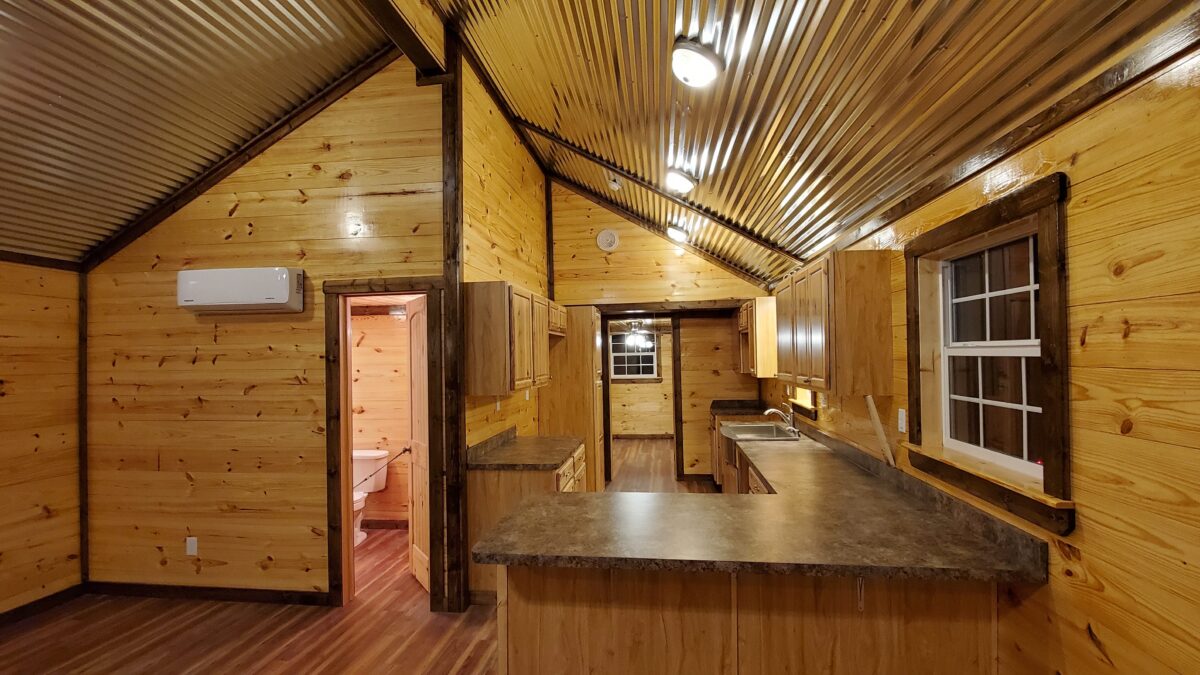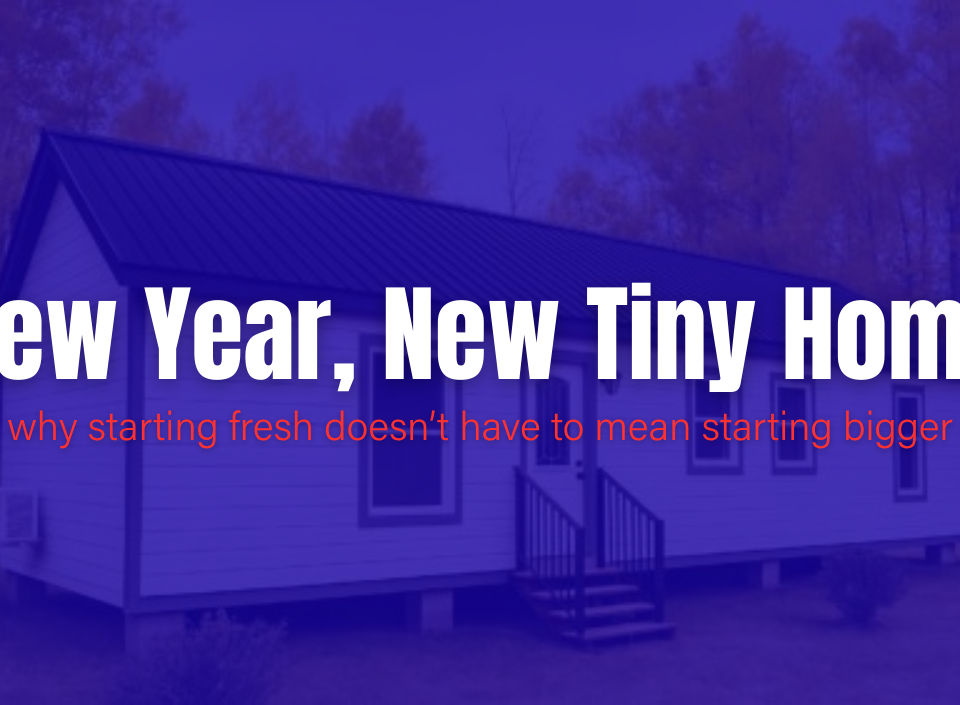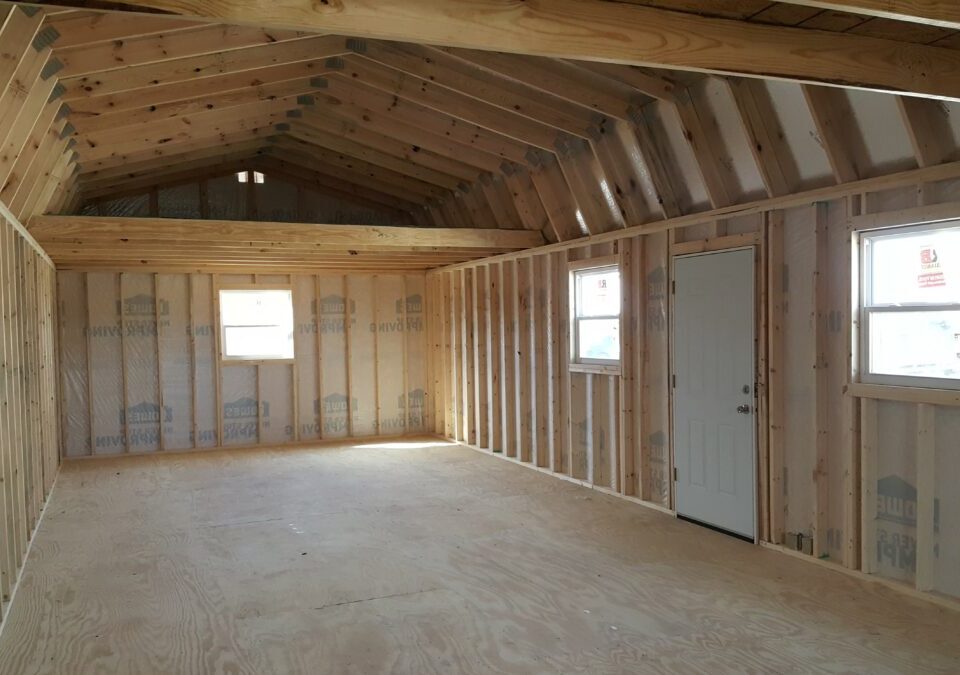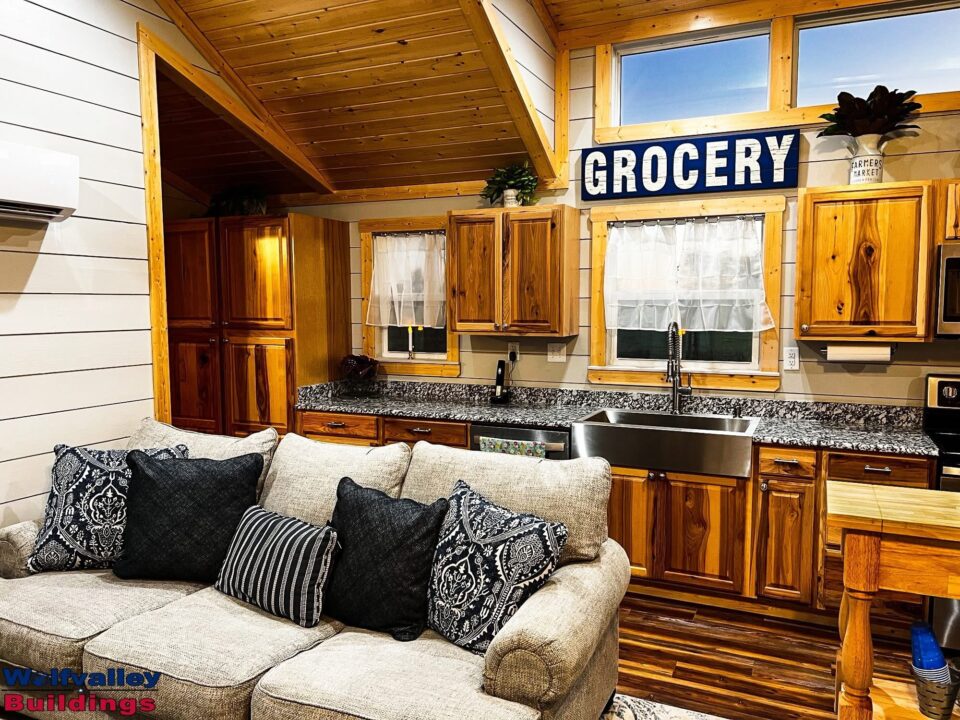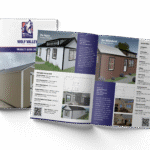
What to Ask Before Buying Land for a Tiny Home
July 19, 2025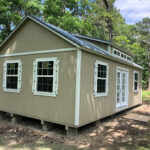
How to Finance a Tiny Home: What Your Lender Needs to Know
July 21, 2025How to Prep Utilities for Your Tiny Home 💧⚡🏡
When you imagine life in a tiny home, you probably picture a cozy space, beautiful land, and freedom from clutter. But before you can enjoy that lifestyle, there’s one step that can’t be skipped: setting up utilities. No matter how off-grid or minimalist you want to live, your home still needs power, water, and often septic service. Knowing how to prep utilities for your tiny home ensures you avoid delays and headaches when it’s time for delivery.
At Wolf Valley, we’ve seen what happens when customers prepare well—and when they don’t. The good news is you don’t need to be a contractor or electrician to plan your utility setup. You just need to understand your options and make a few key decisions before your build arrives.
Start With a Clear Plan for Your Land 🧭
Before you think about running wires or installing a water line, step back and look at the land itself. Your lot layout determines everything from where the septic tank will go to how easily a power truck can reach your home. Sketching a basic site plan—even by hand—helps bring clarity to the process.
Think about where your home will sit, which direction it will face, and how far it will be from the road or power source. If you plan to use a well or septic system, make sure there’s space for those systems with proper setbacks. In Texas, the state requires specific distances between wells, septic tanks, and structures. Planning these early prevents costly revisions later.
Your land also affects trenching. If the soil is rocky or sloped, utility installation may cost more or take longer. Knowing this now helps you budget more accurately and keep your project moving forward.
Choosing How to Power Your Tiny Home ⚡
Electricity is one of the most essential utilities—and it’s also one of the easiest to plan. If your land has an existing power pole nearby, contact the local utility company and request a meter installation. You’ll need to provide a site plan, home specs, and possibly an inspection from a licensed electrician.
For rural land with no existing service, the utility company may need to run new lines or set poles. That process can take weeks, so the earlier you contact them, the better. In most cases, your electric company will advise you on what’s needed and assign a service technician to help coordinate.
If you prefer to go off-grid, solar is a growing option. Some customers use portable solar panels for lights and small appliances, while others install larger systems with batteries and inverters. Just remember, off-grid setups require careful planning and may not support high-energy appliances unless properly sized.
Whichever route you choose, make sure your tiny home’s electrical system matches your power source. At Wolf Valley, we offer standard 110V and 220V hookups depending on your needs.
Getting Water to Your Home 🚰
Water access can make or break your living experience. If city water is available on your road, the local water district can typically install a tap for a fee. Once that’s complete, a licensed plumber can connect the line to your tiny home’s system.
In rural areas without city water, most buyers opt to drill a well. This requires a permit, a licensed well driller, and enough land to meet health department distance requirements. While wells can be more expensive upfront, they often provide long-term savings and freedom from monthly bills.
If you’re just using the home seasonally or as a weekend getaway, you might consider hauling water to a storage tank instead. Some customers install small pressurized systems with electric pumps to run sinks and showers. This option can work well for off-grid cabins with limited needs.
Regardless of the source, make sure your water system includes a shut-off valve, proper drainage, and freeze protection if you’re in a colder region.
Planning for Septic or Wastewater Management 🚽
Sanitation is one of the most regulated—and most important—aspects of utility prep. In Texas, if you plan to use your home as a full-time residence with traditional plumbing, you’ll need an approved septic system. That means a site evaluation, soil test (also called a perc test), and approval from the local environmental office.
Most systems require space for both the tank and the drain field. Depending on your soil type, a basic aerobic or anaerobic system may be approved. These systems need regular maintenance, so make sure your installer provides clear instructions.
If you’re going off-grid, composting toilets are a legal alternative in many counties. Paired with greywater systems for sinks and showers, they allow you to live more independently. But even these setups may need permits depending on where you live.
Before you make any decisions, check with your county health department to understand what’s allowed. Wolf Valley can provide your floor plan and plumbing specs to assist with permitting.
Don’t Forget About Internet and Propane 🛰️🔥
While not always considered essential, internet access and gas appliances can make tiny living more comfortable. In rural areas, you may rely on satellite internet providers like Starlink or HughesNet. Some areas have local wireless towers or fiber lines that serve nearby neighborhoods. If working remotely is part of your plan, research this before choosing your land.
Propane is another utility worth considering. Many tiny home owners use propane for stoves, water heaters, or even mini-split systems. Tanks can be buried or set above ground, depending on your preferences and regulations. Make sure to coordinate placement with your builder and propane provider so that lines are safely installed before delivery.
When Should You Start Utility Prep? 🛠️
The best time to start preparing utilities is as soon as you know your delivery timeline. Once your tiny home is in production, you’ll have several weeks to get your site ready. That includes clearing land, creating a pad, and scheduling utility installation.
Some services—like electric and septic—may require inspections or multiple visits, so give yourself a generous buffer. At Wolf Valley, we’ll work with you to time the delivery around your readiness. We also offer a Lot Readiness Checklist to make sure nothing gets overlooked.
When your utilities are ready and your land is prepped, delivery day becomes simple. Your new home arrives, gets placed, and you can start living your dream without waiting on contractors or scrambling for permits.
Internal Links:
Powering a Tiny Home: Solar, Grid, and Generator Options
🏡 Maximize Your Space: How Wolf Valley Tiny Homes Can Help You Live Big in a Small Space 🌟
💰 Financing Your Tiny Home in Texas: Everything You Need to Know 💡
External Link:



